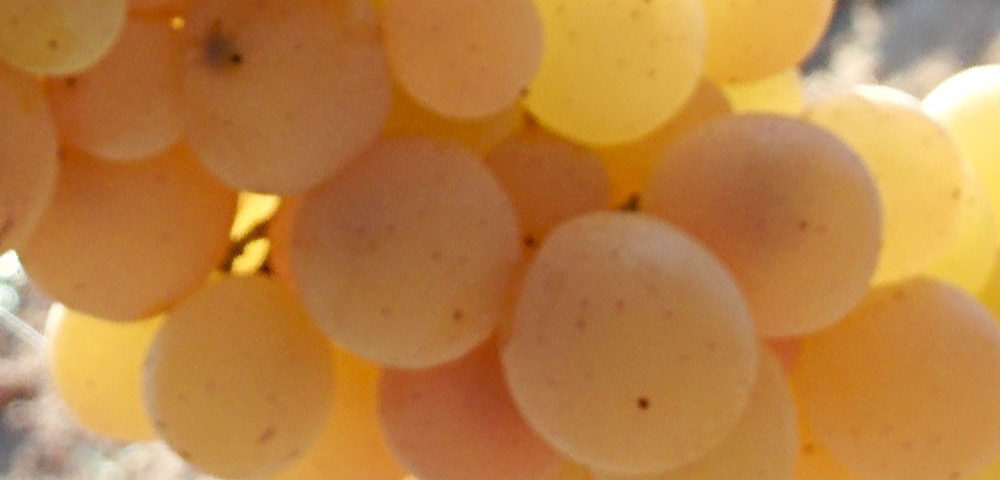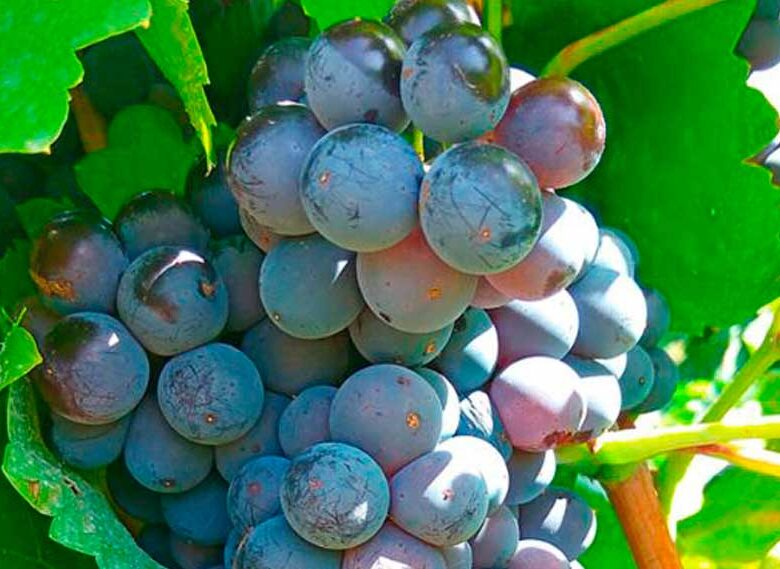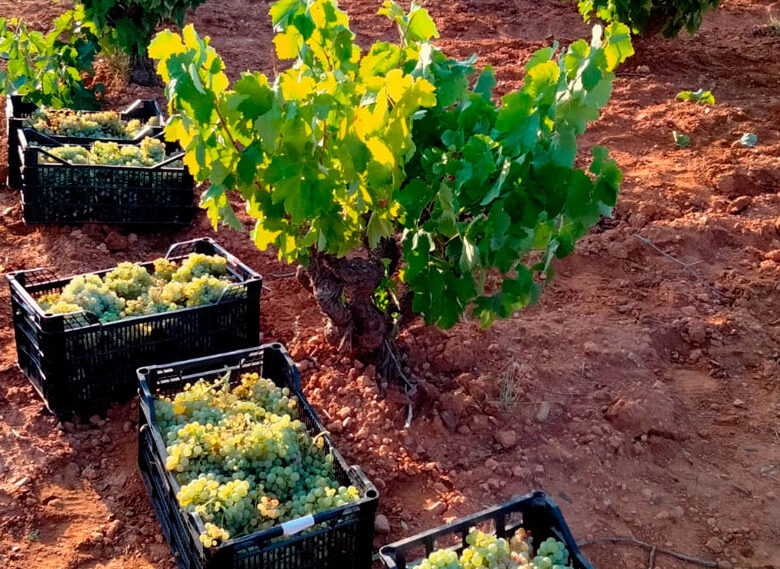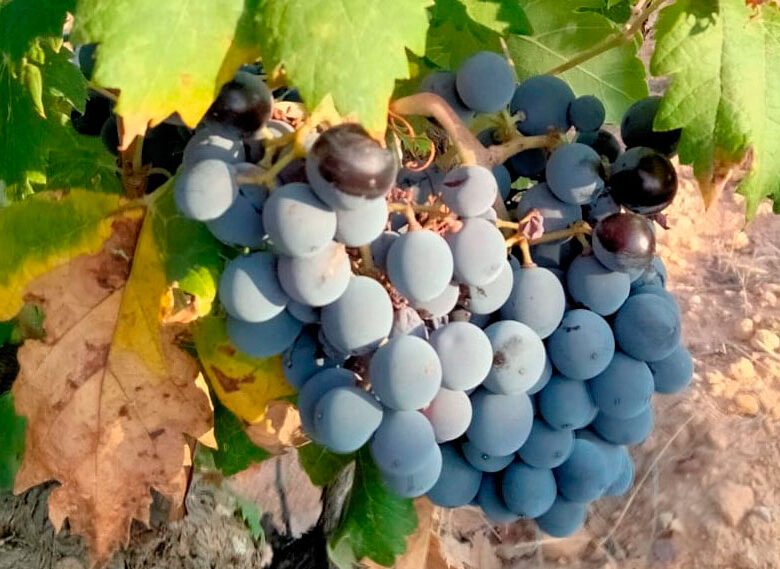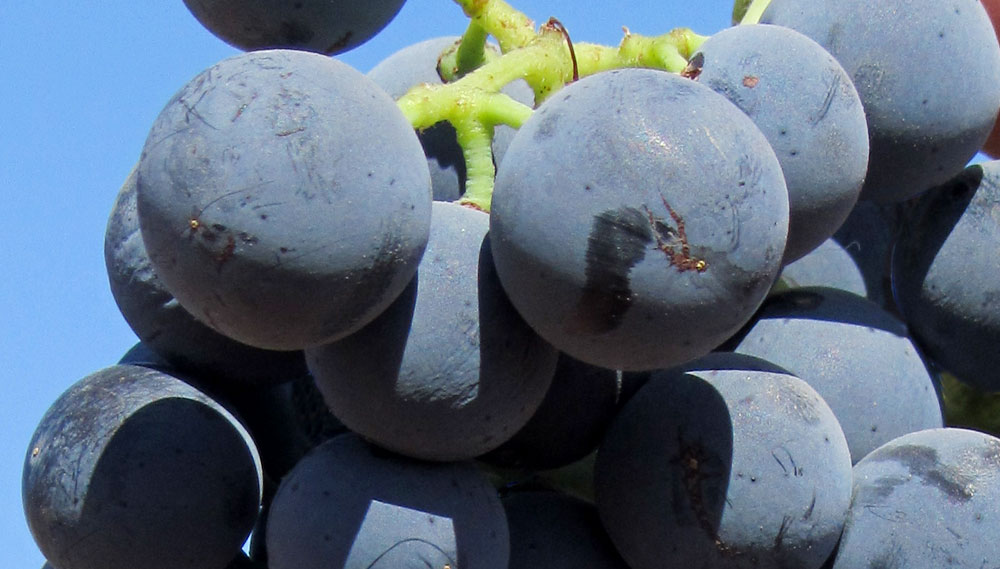
Bobal
20 septiembre, 2018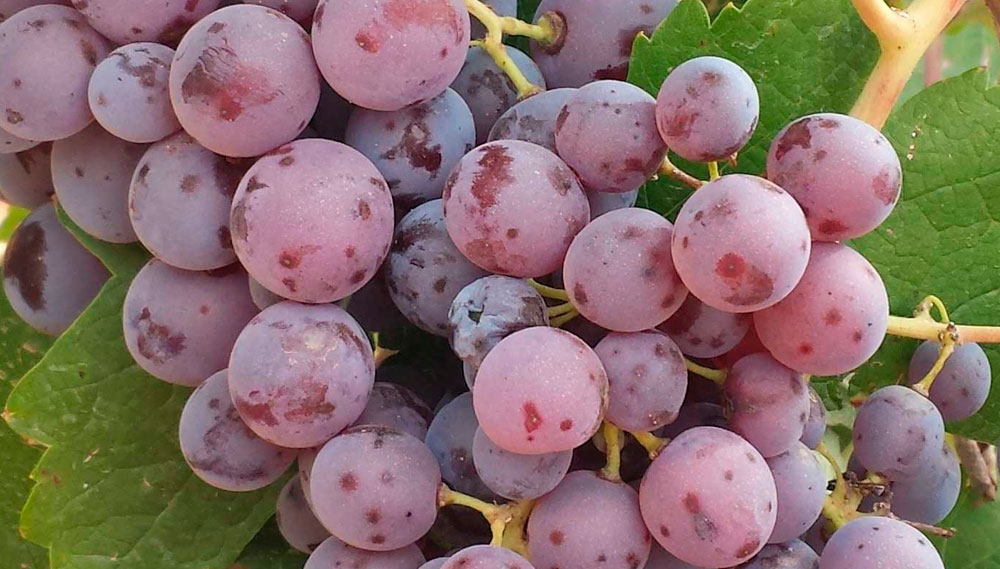
Pintaillo o Pintailla
10 octubre, 2018Nuestra variedad blanca: la Tardana, la uva blanca que se vendimia después de los tintos.
La variedad Tardana, también llamada Planta Nova en la zona de Valencia, es una uva blanca autóctona del levante español, principalmente de la vecina Utiel-Requena, por ello también la encontramos como originaria en algunas zonas limítrofes de Manchuela como en Villatoya y Cilanco.
Se trata de una variedad de doble aptitud, tanto para consumo como uva de mesa como para uva de vinificación. En el pasado fue una variedad muy cultivada en Villatoya porque permitía hacer una primera vendimia en cajas para vender en el mercado como uva de mesa, y una segunda vendimia para vinificar, optimizando así su rendimiento económico. Con la llegada de las variedades sin pepitas al panorama de la uva de mesa, esa primera vendimia para consumo en fresco se fue perdiendo, quedando solo como uva de vinificación.
En la actualidad en nuestra zona, la Tardana está en vías de desaparición, solo quedan unas pocas parcelas entre Cilanco y Villatoya. Al madurar muy tarde el riesgo de granizo es mayor y los viticultores han abandonado su cultivo, además no alcanza grados alcohólicos altos por lo que no interesa económicamente para llevar a las grandes bodegas que venden los vinos a granel y pagan por kilogrado. Como anécdota de su tardía maduración, nos cuenta el padre de Iván que cuando era niño, se vendimiaban estas uvas en los primeros días de Diciembre y colgaban los racimos en las cámaras de las casas para conservarlos hasta Navidad, y así en esa época sin frigoríficos poder comerse las 12 típicas uvas de Nochevieja.
Nosotros pensamos que Tardana tiene un potencial enorme en el panorama vitícola presente y futuro.
Así que en los últimos años no se le ha dado valor el valor que merece y se ha mezclado con otras variedades a la vez que se iban reemplazando las parcelas de Tardana por otras variedades. Nosotros pensamos que tiene un potencial enorme en el panorama vitícola presente y futuro porque la Tardana como su propio nombre indica, se vendimia muy tarde, después de las variedades tintas, por lo tanto se considera de maduración tardía.
Gracias a la dureza de su piel podemos tener una maduración lenta, equilibrada y completa sin problemas de podredumbres, lo que nos permite elaborar vinos blancos con graduación moderada y equilibrados, adaptados al cambio climático, sin corregir en bodega.
Los vinos presentan un característico e intenso aroma a frutas blancas, son aptos para largas crianzas sobre lías, obteniendo vinos con mucho cuerpo y moderada graduación alcohólica. Son vinos muy gastronómicos porque su lenta maduración permite integrar perfectamente todos sus sabores y aromas obteniendo vinos completos, equilibrados, de trago largo y acidez integrada, perfectos para maridar con nuestra cocina mediterránea.
En nuestra experiencia con esta variedad, hemos visto un enorme potencial para elaborarla como ‘orange wine’ o ‘vino brisado’ o ‘blanco con pieles’, la variedad nos lo pidió casi a gritos ella misma. Nuestras primeras elaboraciones con Tardana fueron con nuestro vino blanco SOL que tiene un corta maceración con las pieles (horas), después del prensado en nuestra prensa vertical, veíamos al romper la torta, que debido a la piel dura de la tardana y a la presión limitada propia de nuestro prensado, se quedaban muchas cosas en la piel. No tanto líquido, sino sobretodo sabores que con una corta maceración y un prensado suave no extraíamos, entonces fue cuando nos planteamos, sin saberlo, en hacer un orange y cada añada probamos a prolongar el contacto con las pieles lo que resulto en nuestro vino naranja TERRA.



